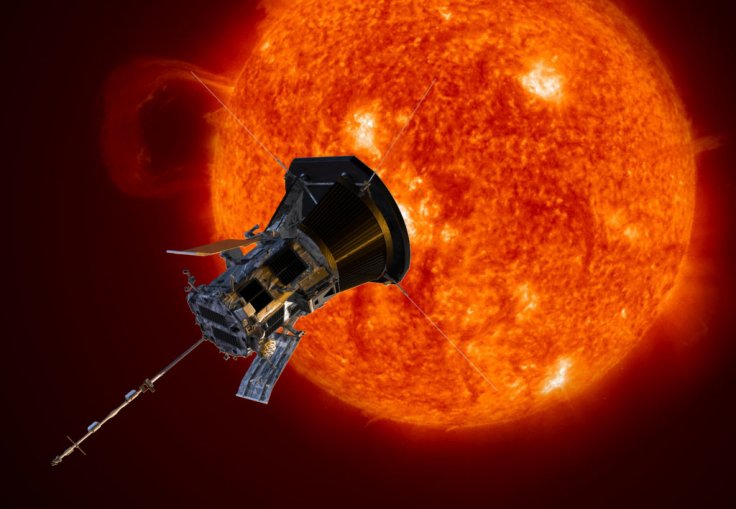NASA's historic space mission, Parker Solar Probe, which was successfully launched this August is now alive and in condition after skimming by the Sun at just 15 million miles from its surface, said the American space agency on Thursday.
The agency gladly stated that this is far closer than any spacecraft has ever gone, as in 1976 Helios B set a record, which was broken by Parker on Oct. 29. This operation has exposed the spacecraft to intense heat and solar radiation in a complex solar wind environment.
Parker's made its closest approach on Nov. 5, called perihelion. The spacecraft reached a top speed of 213,200 miles per hour, setting a new record for spacecraft speed. NASA added that at this distance the intense sunlight heated the Sun-facing side of Parker Solar Probe's heat shield, called the Thermal Protection System, to about 820 degrees Fahrenheit and temperature will climb up to 2,500 F as the spacecraft makes closer approaches to the brightest star of the solar system. The space agency added that this spacecraft will repeatedly break its own speed record as its orbit draws closer to sun and Parker travels faster and faster at perihelion.

Thomas Zurbuchen, associate administrator of NASA's Science Mission Directorate at the agency headquarters in Washington said, "Parker Solar Probe was designed to take care of itself and its precious payload during this close approach, with no control from us on Earth — and now we know it succeeded."
"Parker is the culmination of six decades of scientific progress. Now, we have realized humanity's first close visit to our star, which will have implications not just here on Earth, but for a deeper understanding of our universe," he further added.
Mission controllers at the Johns Hopkins University Applied Physics Lab received the status beacon from the spacecraft on Wednesday, November 7 at around 4:46 p.m. EST.
The beacon showed status "A," which is the best of all four possible status signals and it indicated that Parker is operating well with all instruments running and collecting science data. But if there any issues, the spacecraft is well designed to solve it by itself, stated NASA.









